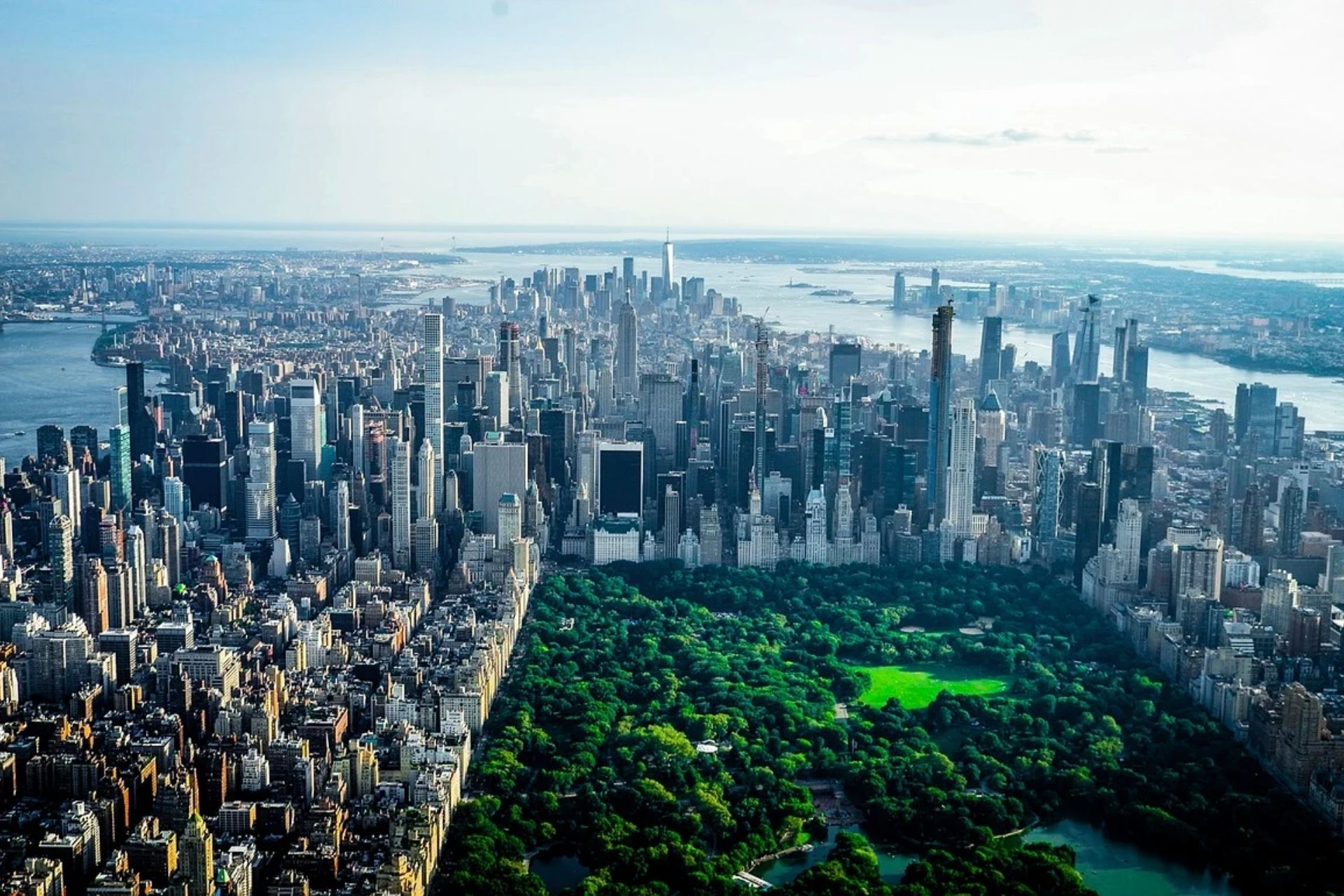
The Green Environment and Mental Health in the City
We are reader-supported. When you buy through links on our site, we may earn affiliate commission.
The pandemic-related recession caused increases in the national unemployment rate. As vaccination rates rise and the world returns to business as usual, individuals are moving into cities for job opportunities. While many feel grateful for their employment security, living in urban regions may take a toll on their mental health.
The health and well-being of city residents’ correlate to the lack of green spaces. Minimal vegetation creates adverse ecological effects, lowering air quality, decreasing one’s access to exercise and reducing residents’ sense of peace. Before exploring the ways to expand vegetated spaces, we must assess the connection between the green environment and mental health in the city.
Emissions and Health Effects
Climate change creates various adverse effects, ranging from ocean acidification to respiratory illness. Green environments may minimize the negative impacts by filtering greenhouse gas emissions before they reach the atmosphere. One tree can filter nearly 48 pounds of carbon dioxide annually, converting it into oxygen.
Without green spaces, more emissions invade the atmosphere, altering its composition. Urban areas have denser populations and create more air pollution than rural regions. When the pollutants accumulate in the environment, they reduce Earth’s ability to maintain life-sufficient surface temperatures.
The planet naturally produces heat from solar radiation, warming its surface, absorbing additional energy and sending it to space. Greenhouse gases have a more efficient sunlight-to-heat exchange rate, increasing surface temperatures. They also hold excess energy in the atmosphere, re-filtering it through the heat production process.
High emission rates can increase Earth’s temperature without adequate urban vegetation, creating adverse ecological and human health effects. Residents of regions with high air pollution have a greater risk for lung cancer, asthma, chest pains, heart attacks and stroke. When an individual’s physical health declines, their mental health may follow.
The urban heat island effect can also degrade an individual’s mental health, confining them indoors. Like the enhanced greenhouse effect, heat islands increase temperatures by combining emissions and sunlight. Because cities have higher air pollution rates, they become warmer than surrounding, less populated regions.
The heat production process can significantly raise summer temperatures, increasing one’s risk of heatstroke. Individuals must remain indoors in an air-conditioned building to protect their health.
Residing indoors for extended periods can cause depression and anxiety in many individuals. Without green urban environments, residents’ mental health degrades from their limited access to outdoor exercise.
Exercise and Mental Health
Exercising outside can significantly improve one’s mood and physical health. Aerobic exercise like running and walking can decrease one’s depression and anxiety levels. Increasing an individual’s blood circulation can improve their mood by stimulating the hypothalamic-pituitary-adrenal (HPA) axis.
Outdoor exercise also increases one’s fitness level, boosting their self-esteem. Researchers additionally discovered connections between cardio and improved cognitive functions. If cities contain adequately sized green spaces, individuals may access the mental health benefits of exercise.
Regular exercise can also improve an urban resident’s ability to sleep. Additionally, it may enhance one’s libido, mental alertness, mood and reduce cholesterol. Increasing the versatility of colors in a city may also improve an individual’s mental health.
Greenery and Peace
Expanding green environments in cities can increase residents’ peace and happiness. Color psychologists explored the human emotional response to the color green. They found individuals experienced relaxation, stability, tranquility and joy when surrounded by the color.
Green also improves one’s cognitive abilities, increasing their ability to focus and memory. Researchers found test subjects remembered words more effectively when written with green markers. The color additionally lowers levels of stress and anxiety.
Before musicians or actors go on stage, they sit in green rooms to relax and center themselves. When urban areas expand green environments, they can improve residents’ comfort, mental health and physical well-being. There are various advantages of increasing individuals’ mental health within cities, raising the demand for vegetation.
Benefits of The Green Environment and Mental Health in the City
Green spaces can effectively reduce urban emissions and prevent the heat island effect. Preserving natural areas also improves the mental health of city residents, increasing their quality of life. Individuals with fewer mental health struggles experience fewer employment challenges, increasing job security.
Lowering your levels of depression and anxiety frees space and time to spend engaging with your friends and family. Green environments and good mental health also boost one’s immune system, decreasing their number of annual sick days. They are additionally more likely to take risks and experience success, improving their quality of life.
Developing a Green Urban Environment
You can expand green environments in your city by finding unique vegetation development space. Many individuals plant rooftop gardens, improving their access to greenery in the area they control. You may also reach out to your local government officials, asking for more natural spaces, supporting the community’s well-being.
Share on
Like what you read? Join other Environment.co readers!
Get the latest updates on our planet by subscribing to the Environment.co newsletter!
About the author
Jane Marsh
Starting from an early age, Jane Marsh loved all animals and became a budding environmentalist. Now, Jane works as the Editor-in-Chief of Environment.co where she covers topics related to climate policy, renewable energy, the food industry, and more.





